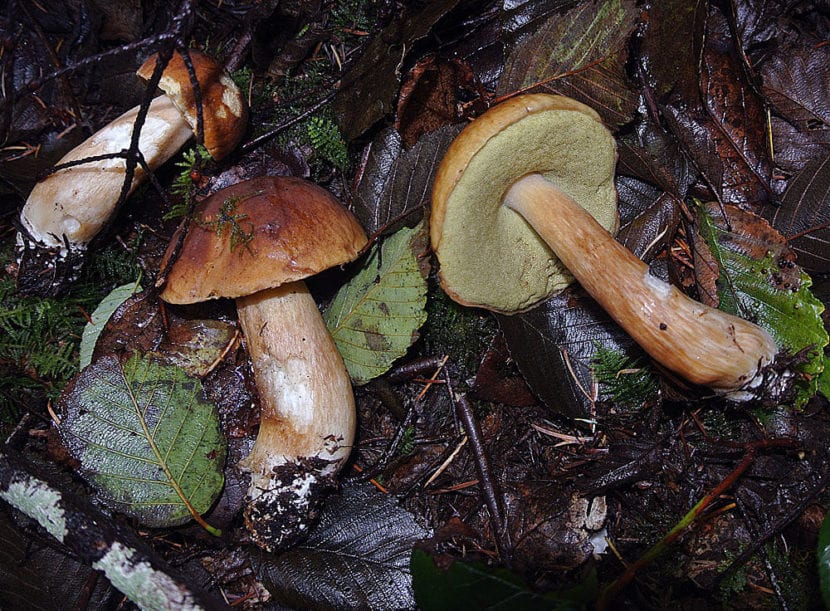
The Boletus they are a genus of fungi comprising about 300 species. Most of them are edible, but there are some with which we must be very careful because they can cause stomach discomfort and we could even end up needing medical help. Fortunately, they are very easy to identify, so even if you have rarely gone to collect mushrooms, you will not have any problem.
If you want to know more about these curious mushrooms, in this special I will tell you what are edible and inedible boletus, and its main characteristics.
General characteristics of the Boletus
These fungi are characterized by having a hymenium with pores. What is the hymenium? Is he fertile component of the mushrooms, which in the case of our protagonists is the bottom of the »hat». They belong to the Boletaceae family, of the Boletales order, so all of the family are Boletus, but not all Boletales are of the genus Boletus; in fact, there are other genres such as Gyrodon or Scleroderma.
The term Boletus means "mushroom" in Greek and "lump" in Greek. For many centuries the human being has collected them to make delicious dishes. Today there are many families who take advantage of a Saturday or Sunday in summer and / or autumn to go in search of these mushrooms.
What are the edible Boletus?
Here is a list with the main species of edible Boletus:
boletus aereus
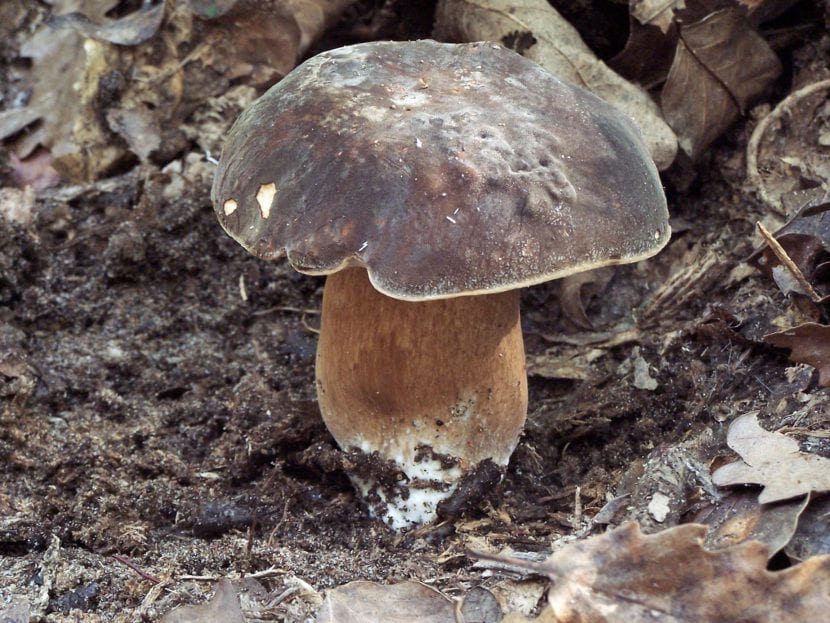
El boletus aereus it can be found in Spain, as in the Sierra de Gata, in Extremadura. Has a hat dark brown, sometimes black about 15cm in diameter. The stem is wide, up to 1,5cm, dark brown in color when mature.
boletus badius
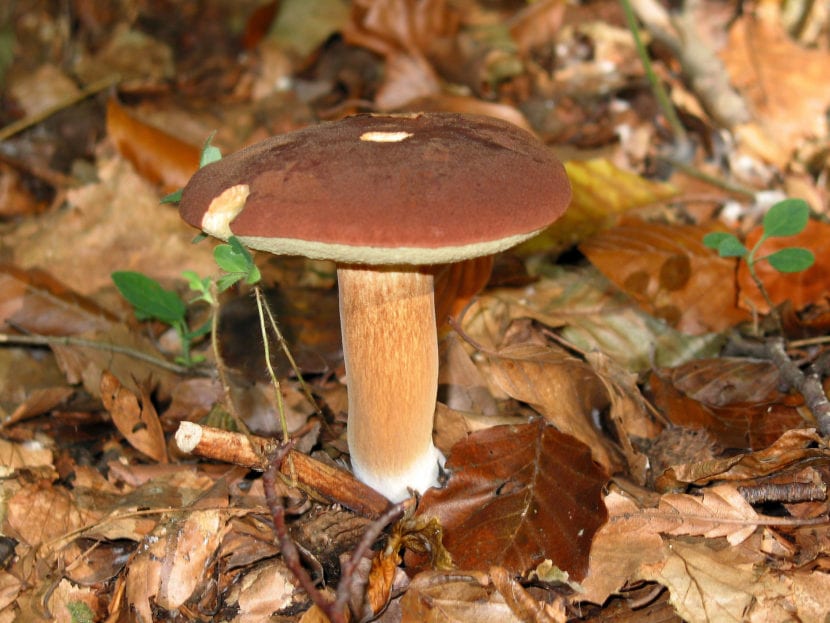
This mushroom can be found in temperate regions of Europe and North America. It is characterized by having the hat almost flattened, dark brown, with a sturdy and wide foot, between 1 and 2cm thick, of a light brown color.
Dupainii boletus
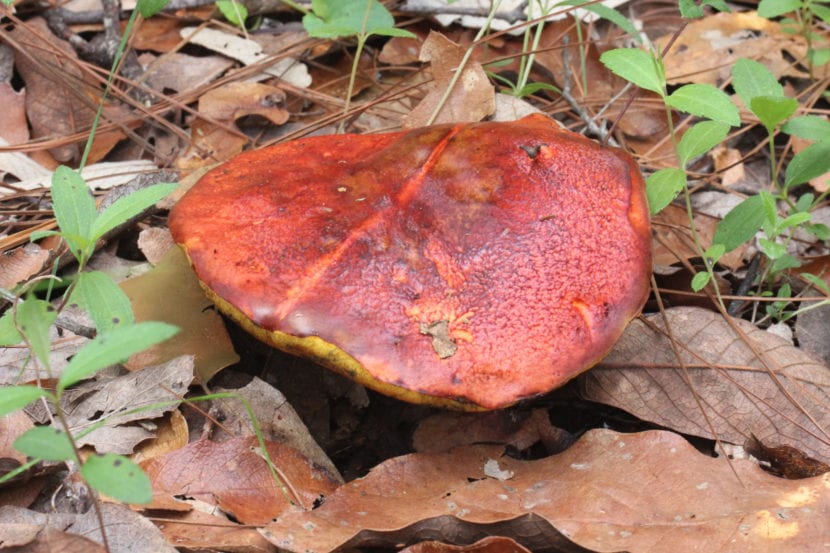
This mushroom has a hat that measures up to 13cm in diameter, flattened and scarlet when ripe. The foot is thick, bulbous, yellowish on the upper part and red on the lower part. It is very difficult to find, but it sometimes appears in oak and beech forests.
Boletus edulis

This is a mushroom that you will find very easily in Spain. It is characterized by having the hat of more or less dark brown color, with the edge of a much lighter tone, meaty and with a flattened shape. The foot is robust and thick, white or light brown in color.
Boletus erythropus var. Erythropus
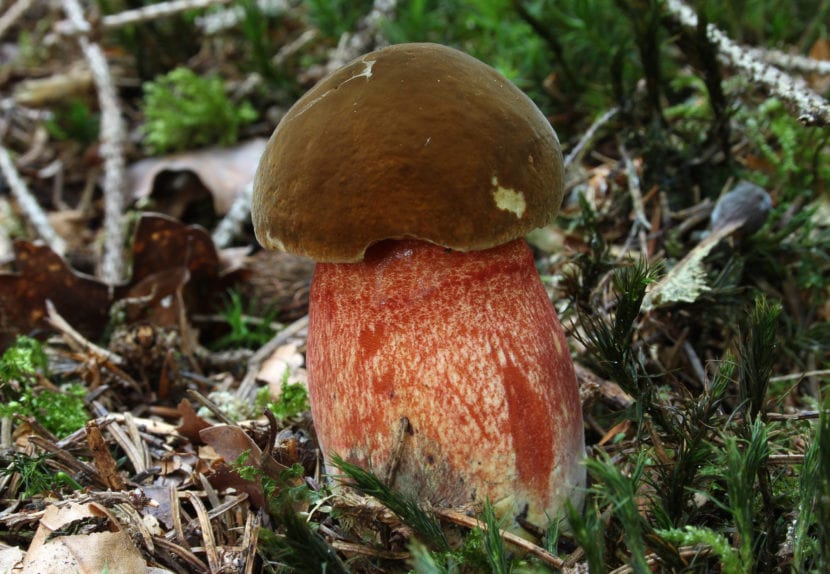
This boletus grows in deciduous or coniferous tree forests in Europe. Have the brown hat hemispherical in shape, with a brown-orange stem up to 2cm thick. Sometimes it can be confused with the Boletus satanas which we will now see, but the latter's hat is a lighter color.
Boletus pinophilus

The pinicola ticket, as it is sometimes called, can be found in Spain, in the pine forests. Has a hat reddish brown up to 30cm in diameter, slightly flattened. The foot is light brown in color, and very thick, up to 4cm.
Boletus appendiculatus
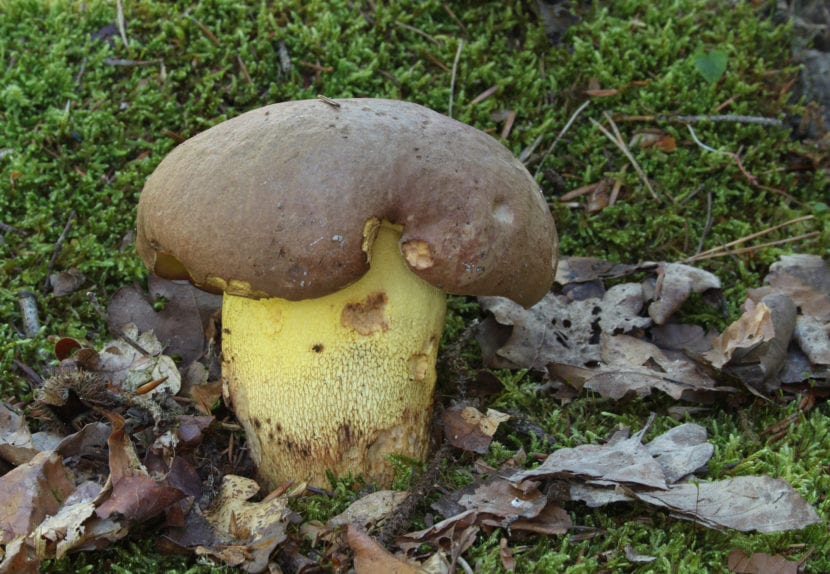
This ticket is easily found in oak groves. It is characterized by having a hemispherical hat, brown up to 20cm in diameter. The stem is very thick, up to 5cm, yellow in color when mature.
boletus chippewaensis
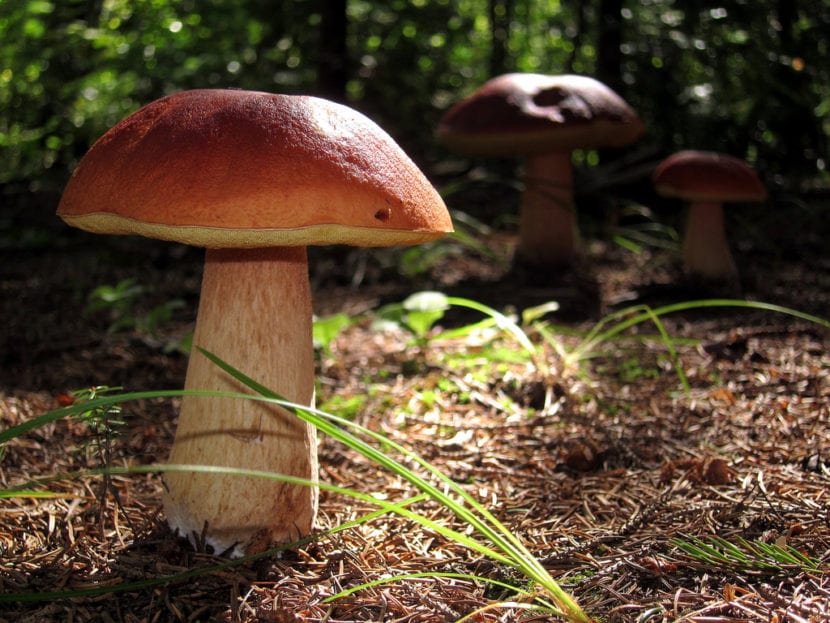
This ticket is hard to find, but you are sure to be lucky if you go on a hike for a walk in the beech forests (Fagus sylvatica) and oaks. It is characterized by having a hat light brown or reddish brown, with a light brown foot.
Boletus Fechtneri
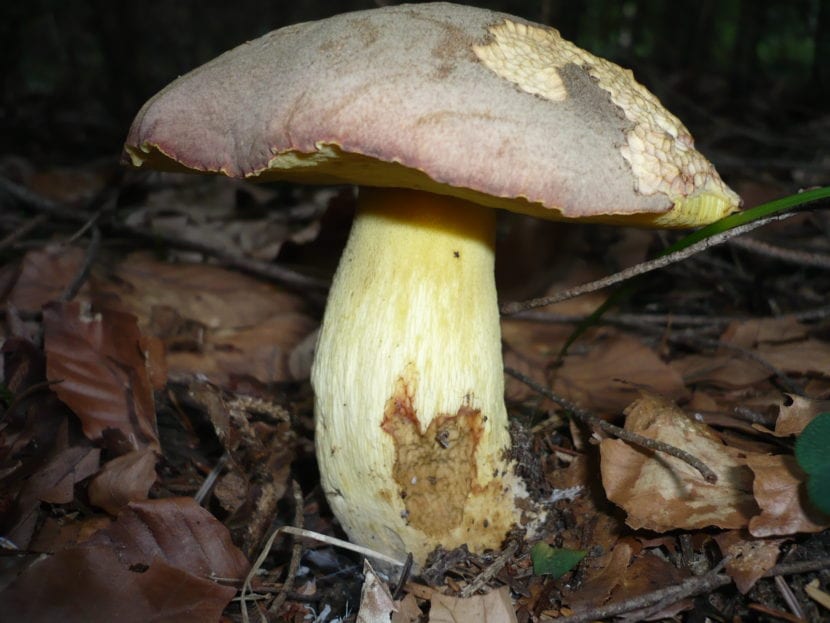
El Boletus Fechtneri is very similar to B. appendiculatus, although has a flattened hat of a much lighter color, like silver-gray. The foot is whitish-yellowish, being able to turn red in the cracked areas. It is not common to find it, but you can see it in the mixed forests where there are white fir trees.
boletus fragrans
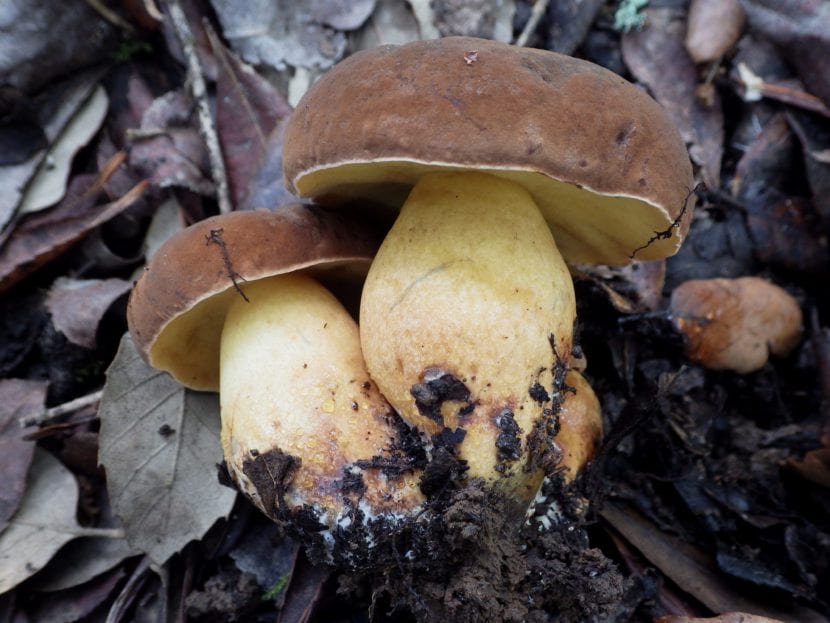
This is a boleto that grows especially in the north of the Iberian Peninsula. Its hat can measure up to 15cm in diameter, with a hemispherical shape at the beginning, and plano-convex when it finishes maturing, dark brown. The foot is wide, up to 2-3cm thick, yellow-green in color.
Impolitus Boletus
You will find this mushroom in the mixed forests of temperate regions, also in the Mediterranean climate. The hat is from pale yellowish ocher color, and measures about 10cm in diameter, being able to reach 20cm, hemispherical at first and flattening as it matures. The foot is robust, wide, up to 5cm.
Boletus subtomentosus
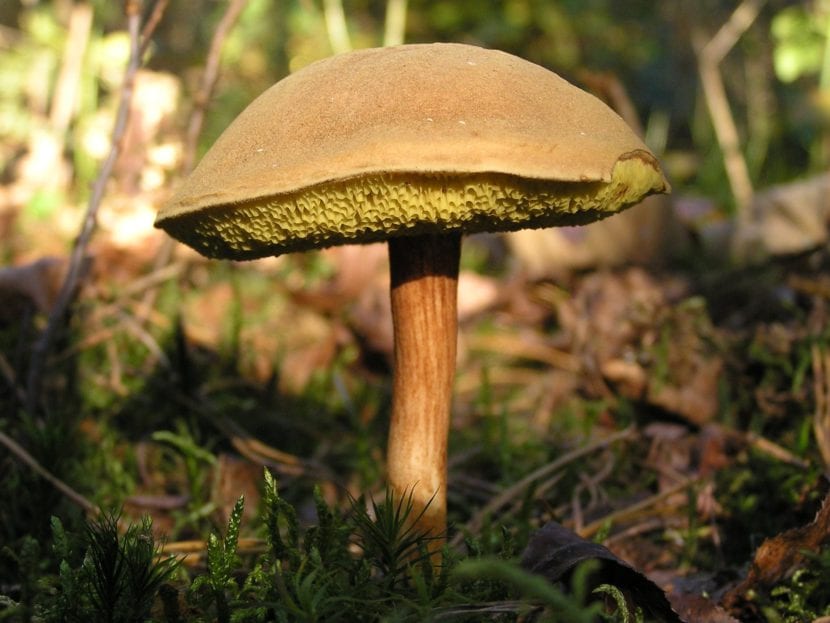
You can find this ticket in both mixed and coniferous forests. It has a hat that measures up to 12cm in diameter, hemispherical, intense yellow at the beginning and more greenish at the end. The foot is about 10cm long by 2cm wide, and is light brown in color.
Inedible tickets
Inedible tickets are characterized by having very striking red tones. But let's see what they are to avoid getting upset:
Boletus satanas
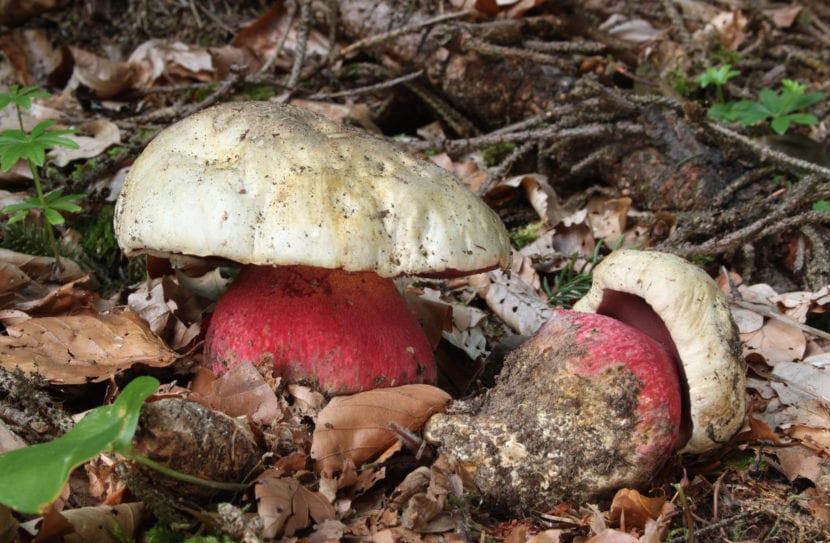
El Boletus satanas has a hat that measures up to 30cm in diameter, whitish when ripe. The foot is wide, up to 10cm thick, with a very striking red color. It is poisonous.
boletus sensibilis
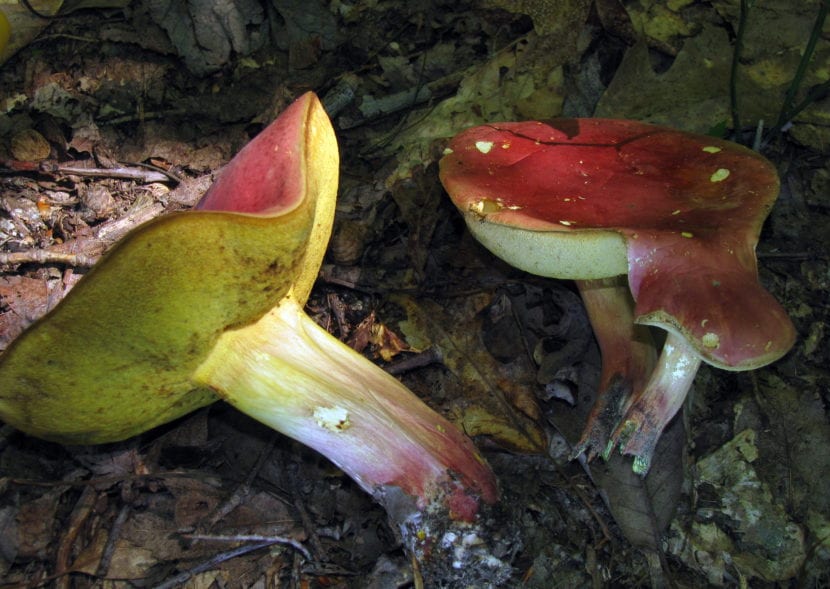
This ticket grows in North America. As soon as they emerge from the earth, they have the red stem and hat, but when they finish maturing, the hat adopts a convex shape, maintaining its color. The foot, on the other hand, becomes yellow-whitish in the upper half, and reddish in the lower half, up to 3 cm thick. It is poisonous.
Boletus radicals
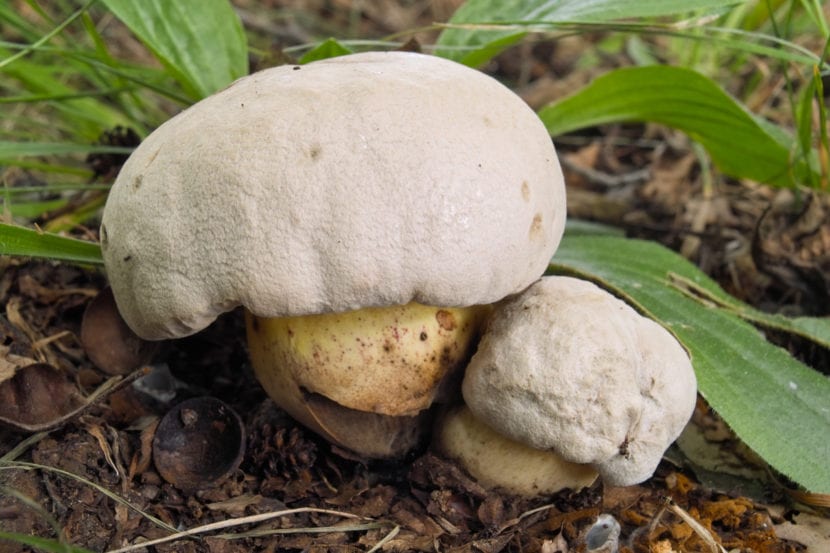
This boletus grows in the forests of deciduous trees, such as oak or beech (Fagus). Have a White hat that measures up to 8cm in diameter, although it can reach 20cm. The foot is wide, up to 10cm, yellow in color. It is not poisonous, but it is not edible as it is bitter.
We hope that with this guide you will know how to better identify edible boletus from inedible ones. Good search! 🙂
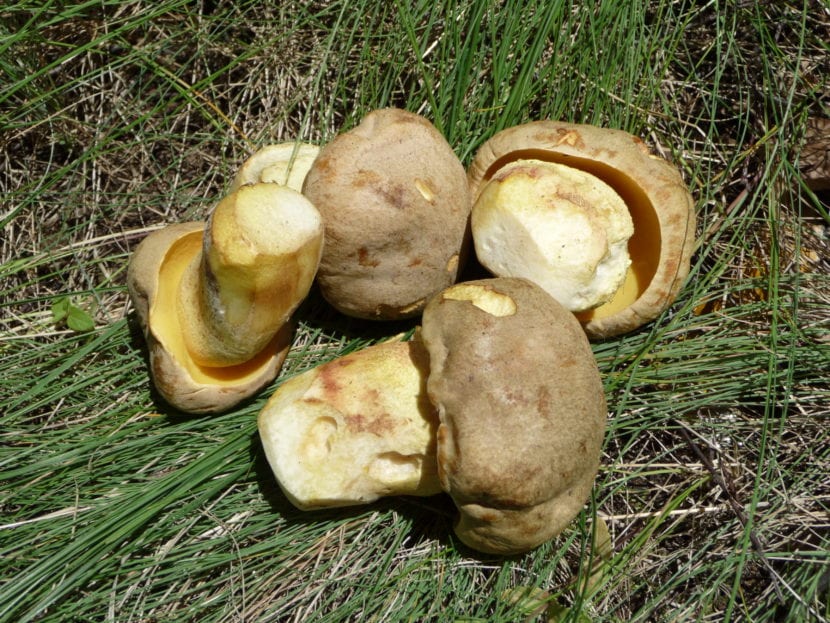
Hello, I loved your article. Boletus are undoubtedly the mushroom that I like to collect the most and I think the same thing happens to many people. I recently wrote a post-infographic about edible boletus that I would like to show you:
http://lacasadelassetas.com/blog/los-mejores-boletus-comestibles/
All the best
Today collecting boletus, I found the following mushroom: the bluish hat (clear), the trunk the size of the boletus edulis, (beautiful), I thought of a boletus but when I saw the hymenophore it was laminated. I can't identify her.
A boletus with a dark brown hat and bumps on it? ...
Hello Andres.
Can you send us a picture for our Facebook? There are many Boletus with these characteristics, and so we can help you better.
Greetings.